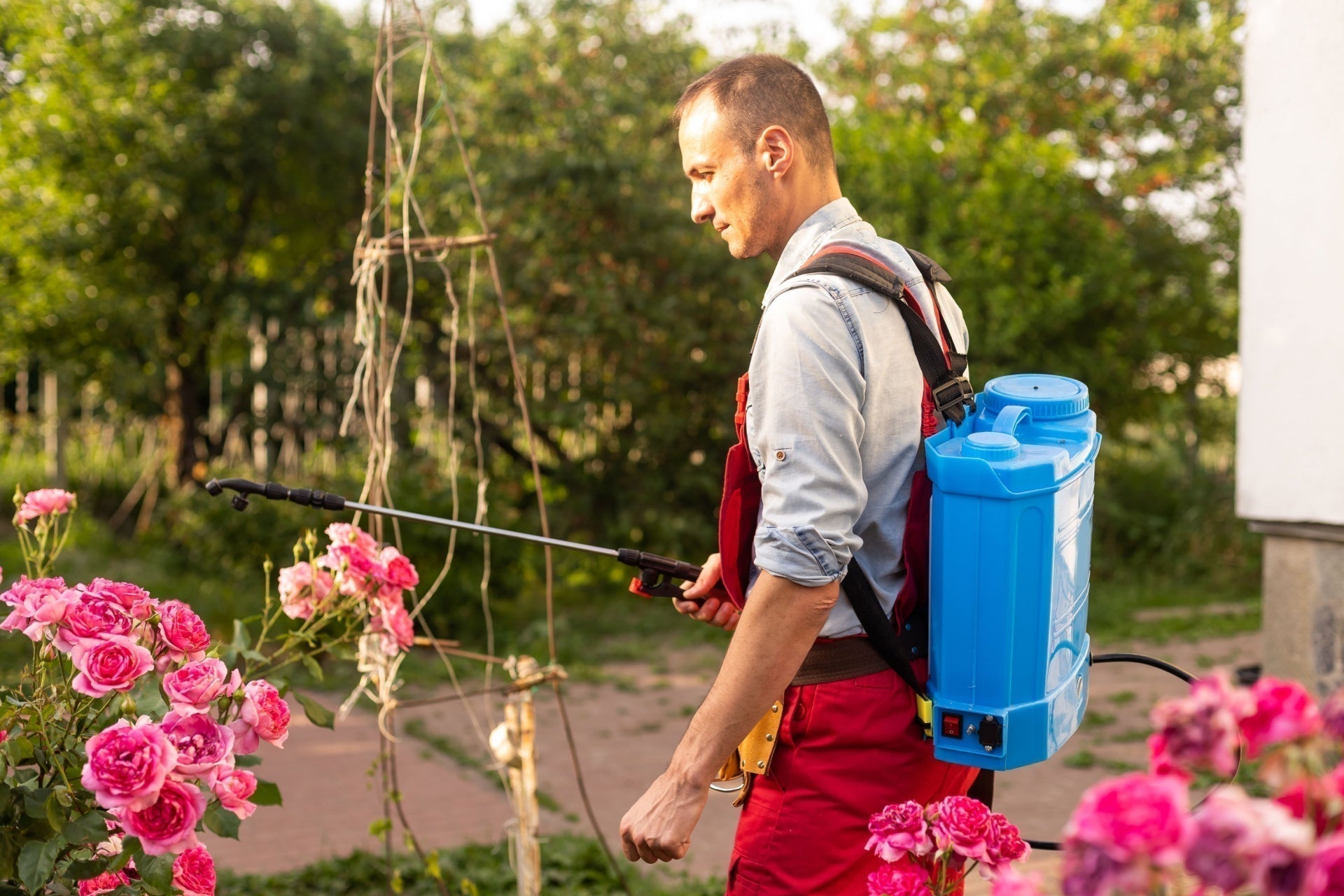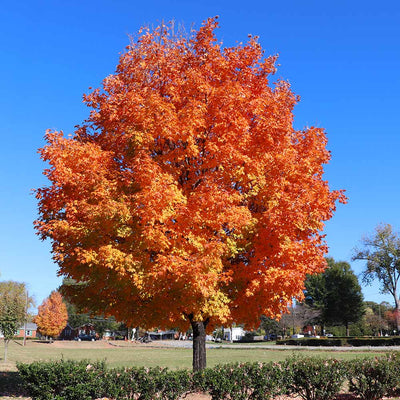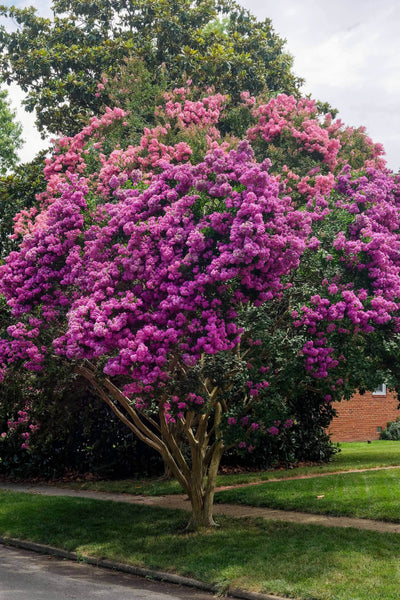Spring is a great time for gardens to grow and for new plants to sprout. But the longer, warmer days and more rain also make it easier for common plant diseases to appear. As soon as the weather gets warmer, many farmers notice changes, like leaves turning yellow, roots getting soft, or spots that don't look right. When it's damp outside, diseases can quickly spread to healthy spring plants, making these early signs very important.
This is especially true if the plants are crowded or the soil stays wet for too long. Simple problems like leaf spots or light fungus can spread quickly in the spring. You can protect your garden before problems get worse by understanding the causes, signs, and ways to prevent them. A few smart habits and regular checks will help you have a better, stronger garden all season long. You can also be sure that your Spring plants will keep growing.
Why Spring Brings More Plant Diseases
Many common plant diseases can develop and spread in the spring. Because it rains a lot and gets warm in the afternoons and cool at night, the leaves and dirt stay wet for a long time. This extra water increases the likelihood that fungal plant diseases will spread. These diseases usually begin on wet leaves or crowded stems. Fumes can quickly settle in and start to grow when plants stay wet for too long.
In the spring, humidity also rises, making it easier for germs to spread through the air. Too much weather change can stress even healthy spring plants, making them more likely to get sick. Gardens with little air flow or a lot of shade are even more likely to be damaged.
To protect your plants early in spring, you should understand how the weather affects them. Fungal diseases in plants can be stopped from spreading by making simple changes to how you water, space, and clean up your yard.
Top Plant Diseases to Watch in Spring
The following are seven typical spring plant illnesses, their symptoms, and easy treatment options.
1. Mildew Powder
This sickness appears on leaves, stems, or buds as a white powder. It spreads quickly in the morning when it's cool and damp.
To stop it, make sure plants get enough sun and don't water them from above. The Muskogee Crepe Myrtle is a strong plant that doesn't get diseases. It can help solve problems.
2. Leaf Spot
Leaf spot looks like black, yellow, or brown spots on leaves. These spots could enlarge and cause leaves to fall off early.
To slow the disease, improve air flow and get rid of any sick leaves. This is one of the most common plant diseases that is easy to stop by cleaning up.
3. Rust Fungus
On the undersides of leaves, this fungal disease in plants shows up as tiny orange or red dots. It likes spring mornings that are damp.
To protect your plant, keep the leaves dry and pick dirt that drains well. If you don't check the leaves often, rust can make plants weak.
4. Blight
Blight makes trees turn brown, wilt, or die all of a sudden. In warm, wet spring weather, it can quickly move through a yard.
Get rid of sick parts as soon as possible, and clean your tools between cuts. Young plants are protected during their early growth stages by understanding how to prevent plant diseases like blight.
5. Root Rot
When the earth gets too wet for too long, roots rot. The roots get soft and dark brown. Plants might stop growing and turn yellow.
To avoid this problem, use raised beds or dirt that drains well. Do not water too much, especially when it rains a lot in the spring.
6. Itchy scabies
Anthracnose looks like dark spots that are sunken in on leaves and stems. Many trees and shrubs get it when the spring is cool and wet.
Cut back on crowded trees and rake up leaves to stop the spread. Plants like the Sugar Maple are less likely to get hurt because they grow in a healthy way.
7. Taking the damping off
Seedlings get this disease. Young plants fall over and die at the ground level all of a sudden.
Don't water too much, and use clean pots and dirt. For new farmers, this is one of the most common spring plant problems they see.
Preventive Tips for Healthy Spring Growth
When you focus on protection, it's easy to keep plants healthy in the spring. It's easy to avoid fungal diseases in plants and other problems by following these steps.
1. How to Use Water Correctly
To keep the leaves dry, water the plants' bases. Forbs first grow on wet leaves in the spring. Water plants in the morning so they have time to dry out during the day.
2. Make the air move better
Allow enough room for each plant to breathe. Good wind gets rid of extra wetness and lowers the chance of getting sick. For better air flow, cut back growing trees or get rid of weeds that are too thick.
3. Keep your garden clean
Get rid of old mulch, dead leaves, and twigs that have dropped. Many plant diseases hide in waste over the winter and return in the spring. When you clean up your yard, it's ready for strong growth all season.
4. Pick plants that don't get diseases
It makes a big difference to choose strong types. Even when spring weather is uncertain, plants like the Muskogee Crepe Myrtle or Sugar Maple remain healthy. Healthy plants never get sick.
5. Keep an eye out for early warning signs
You can move quickly if you recognise the early symptoms of plant diseases. Here are some early signs
- Leaves turning yellow
- Spots of powder or rust
- Growth that is slow or weak
- Curling or quick dropping of leaves
Treating problems early keeps them small and keeps the rest of your yard safe.
6. Be Smart About Mulch
- Too much mulch can keep water around roots, but it also helps keep the soil wet.
- For less rot, use a thin, even layer of soil and keep it away from the roots.
7. Move plants around
- When you plant the same kind of plant every year in the same place, diseases can start to grow.
- Moving plants around helps break disease cycles and improve the soil.
8. Look for natural cures
Here are some easy ways to treat fungal plant diseases naturally
- Sprays of neem oil
- Mixtures of baking soda
- Having good bacteria in compost tea
These choices help keep diseases at bay without hurting the earth.
FAQs
What are the most common spring plant diseases?
The most common spring plant diseases are powdery mildew, leaf spot, rust, blight, anthracnose, damping-off and root rot.
Can plant diseases spread quickly in spring?
Yes. Spring humidity, rain and warm temperatures provide perfect circumstances for fast disease transmission.
How can I treat fungal plant diseases naturally?
You may apply neem oil, baking soda spray, or compost tea. These natural solutions delay the fungus without using harmful chemicals.
What early signs should I look for?
Look for yellowing leaves, powdery patches, wilting, or poor development. These plant disease indicators help you take action early.
What are the 5 plant diseases?
Powdery mildew, blight, rust, leaf spot and anthracnose are five of the most common plant diseases.



